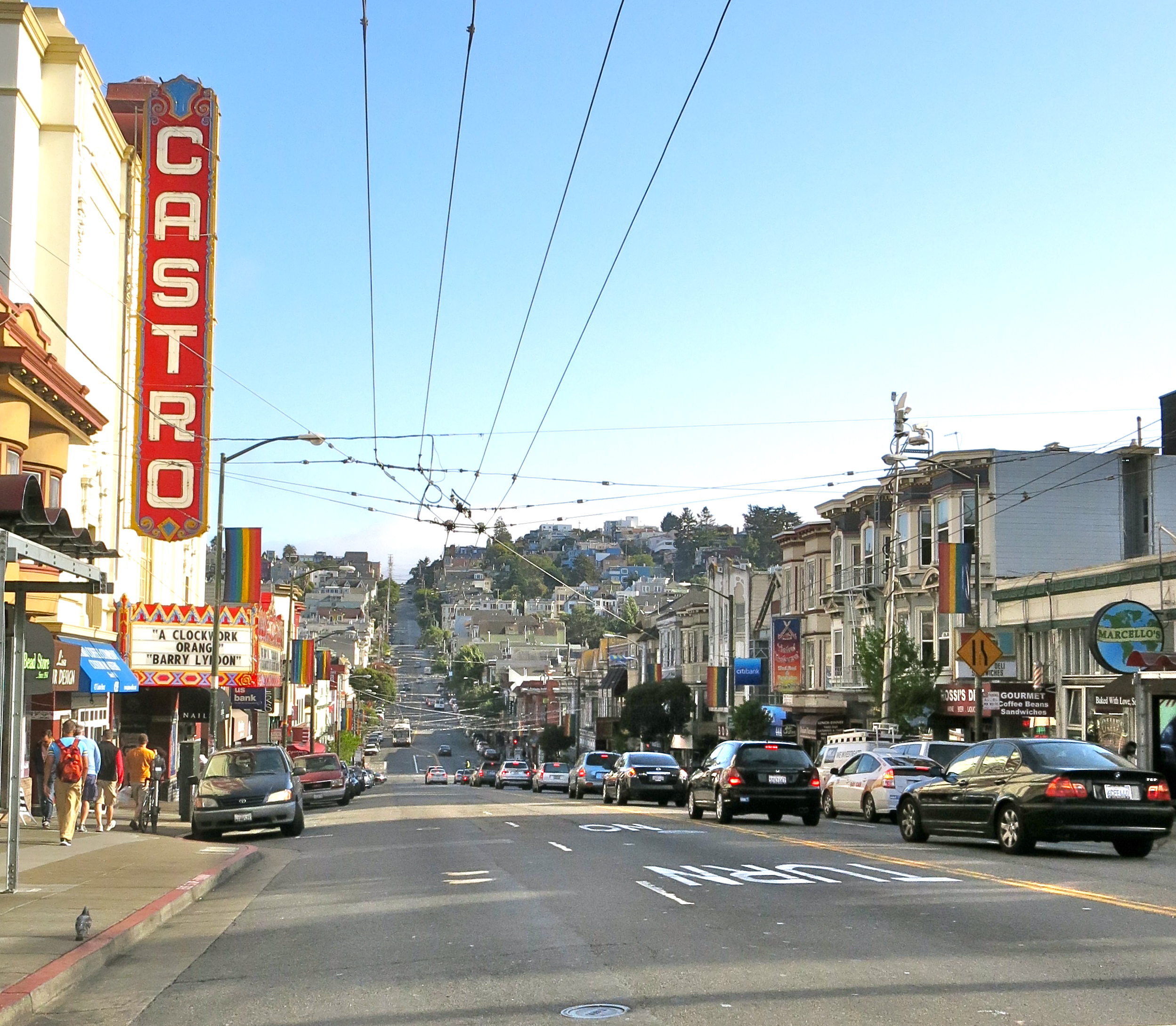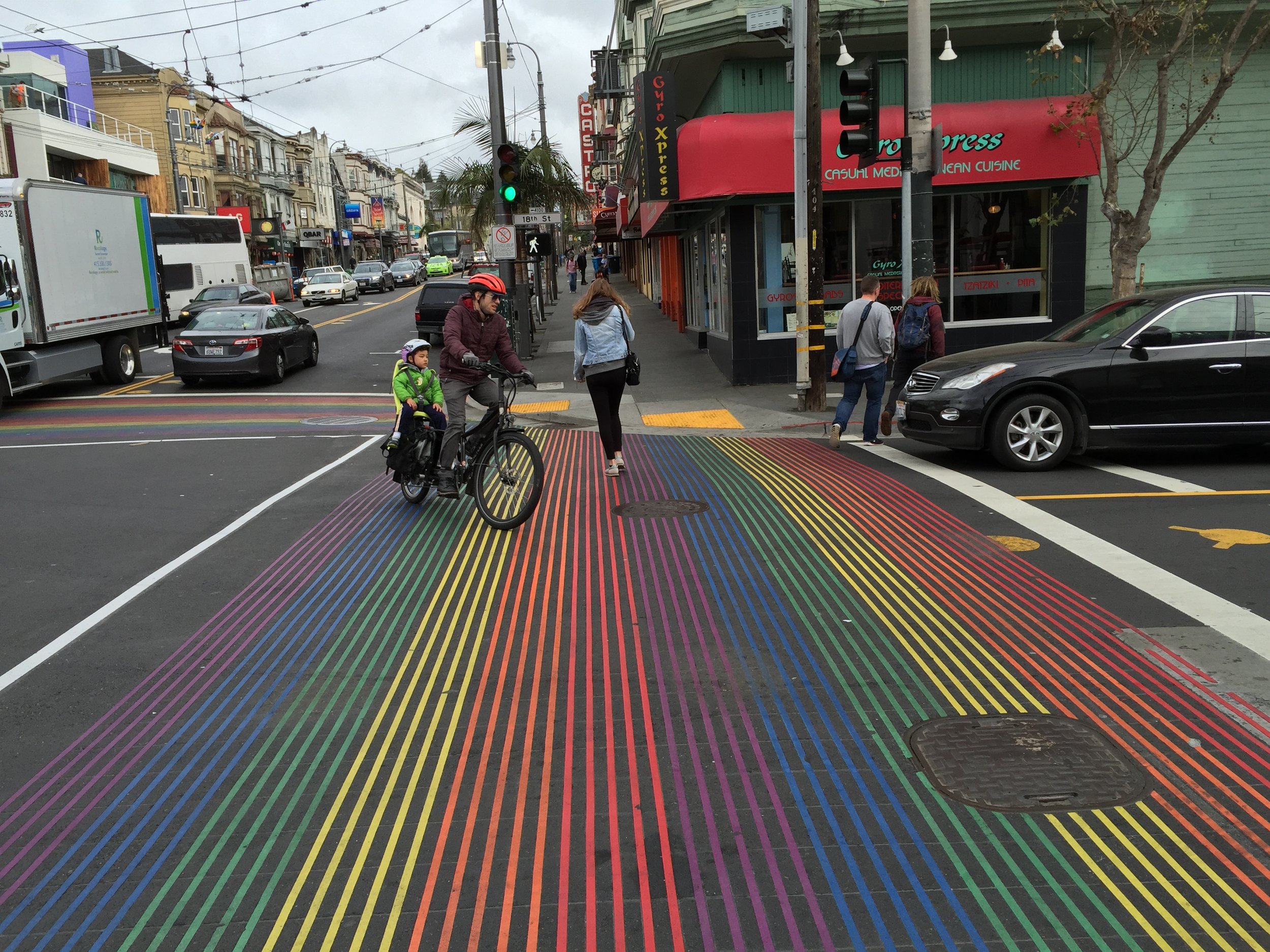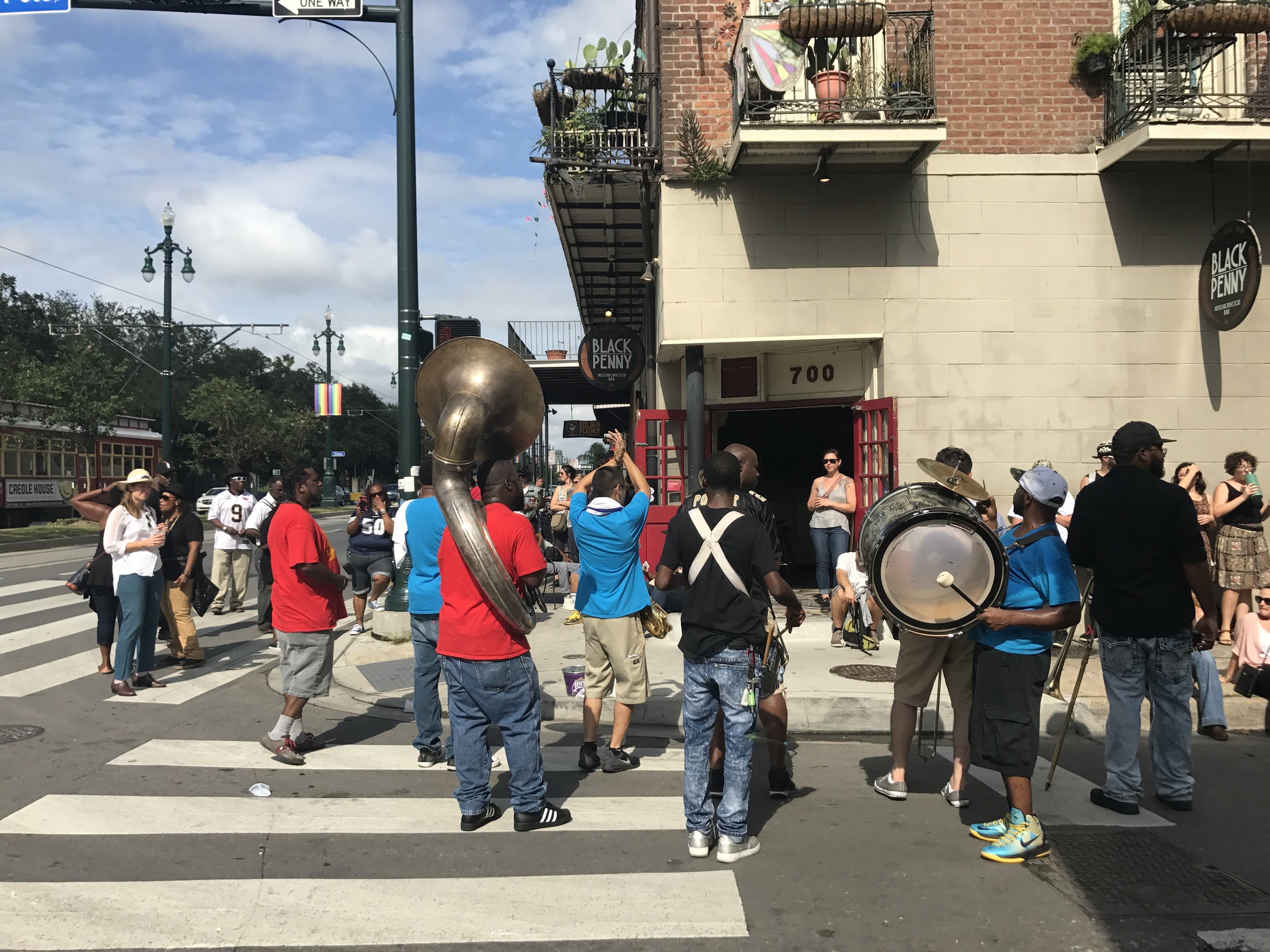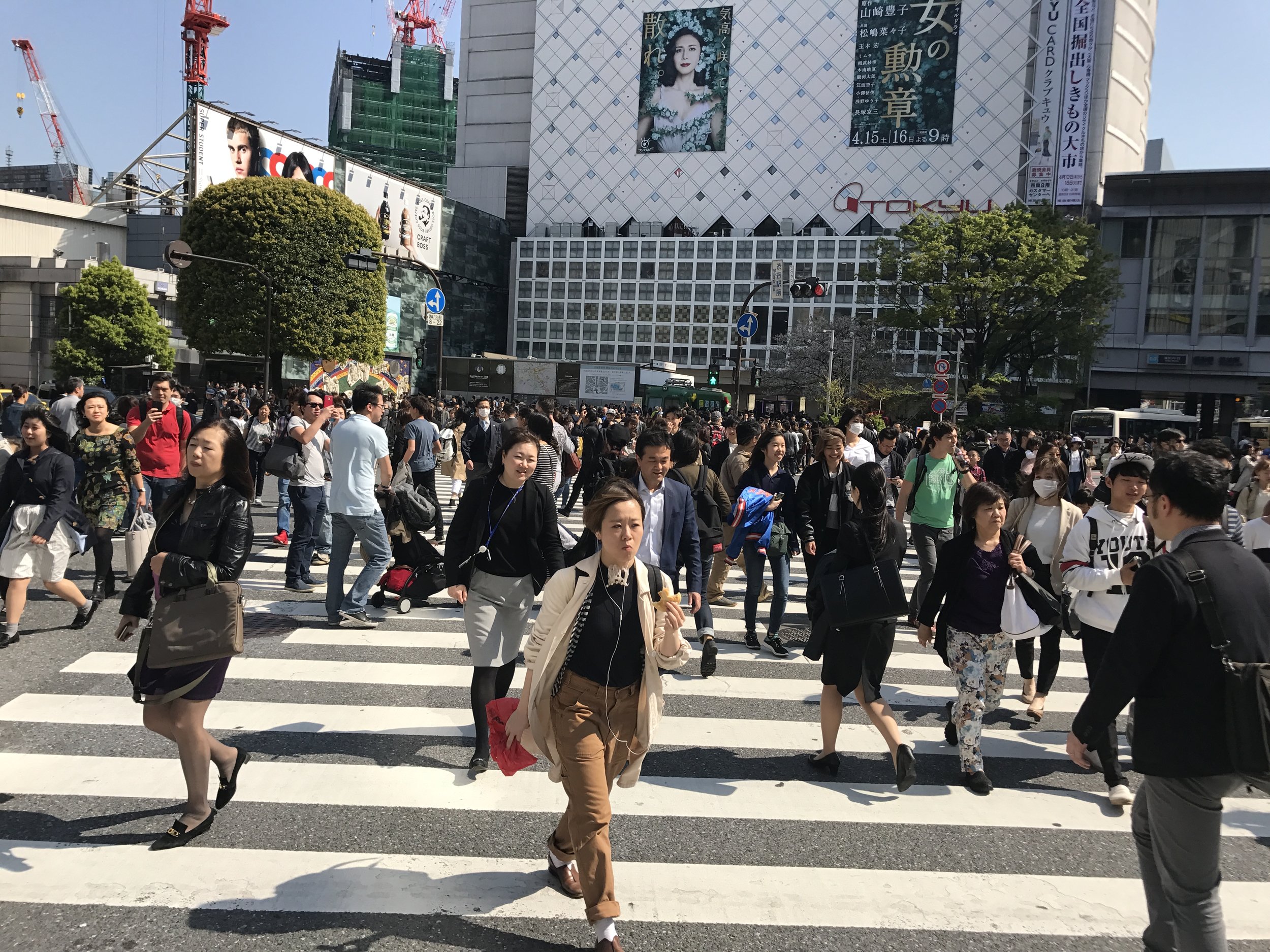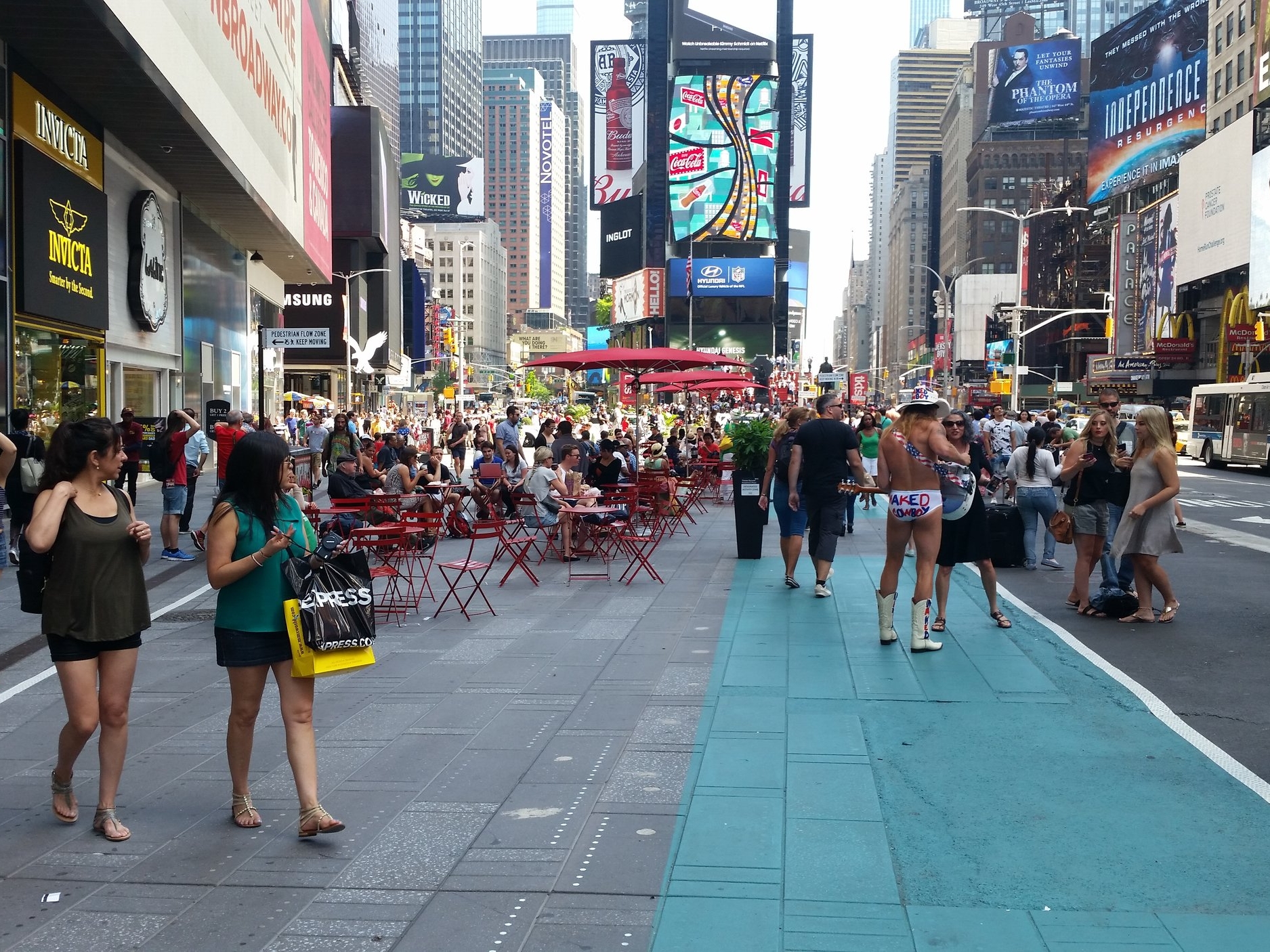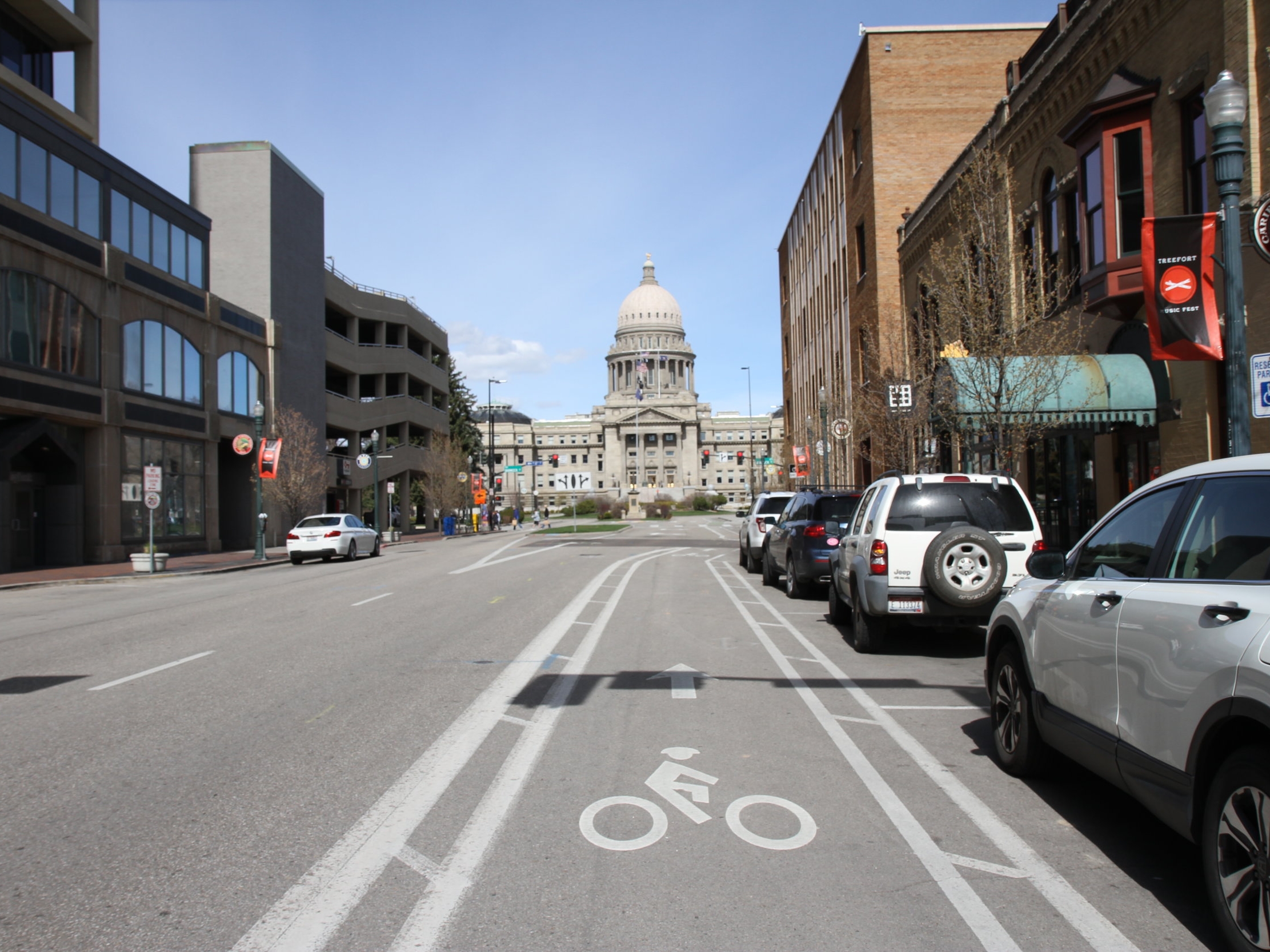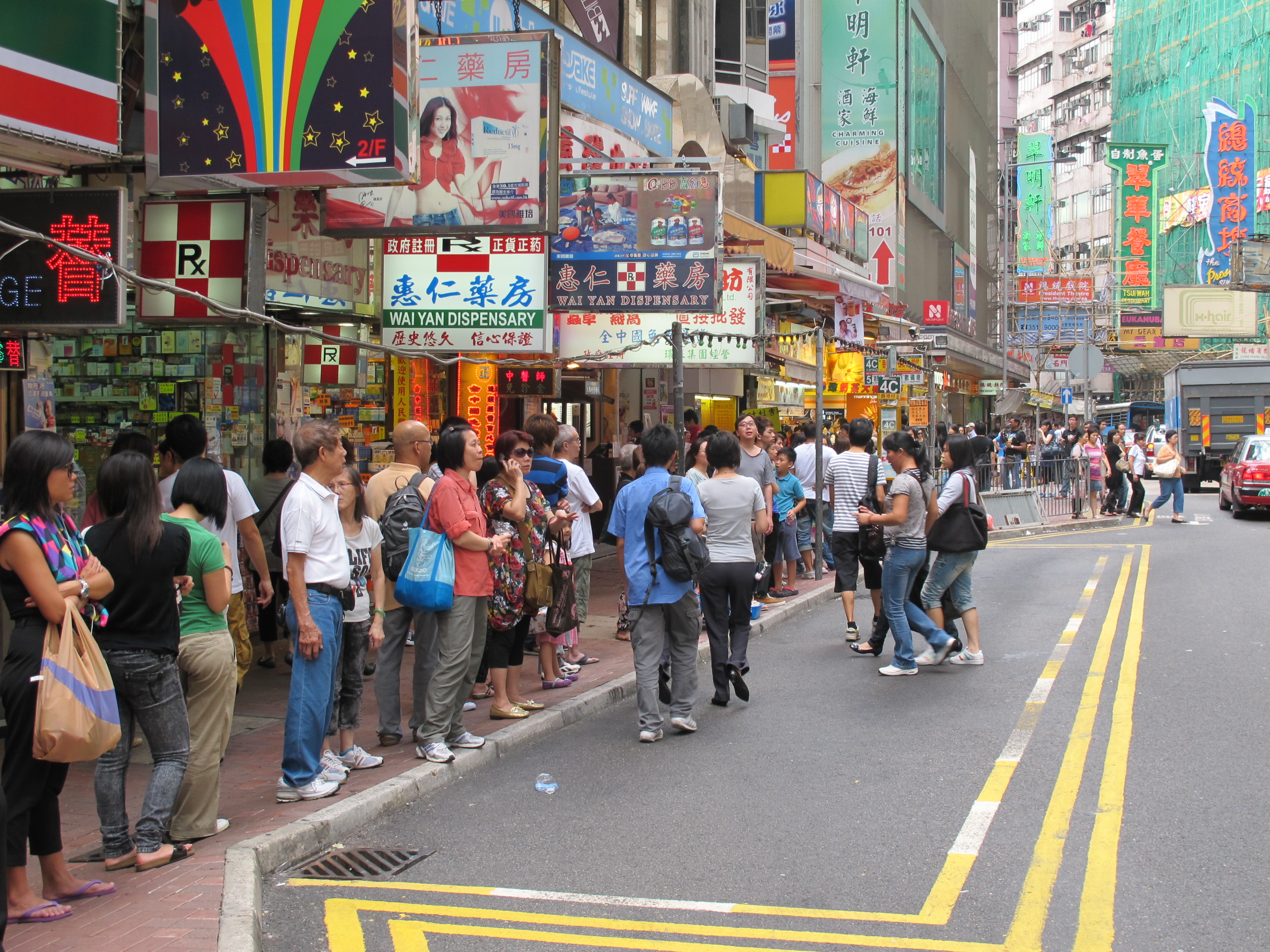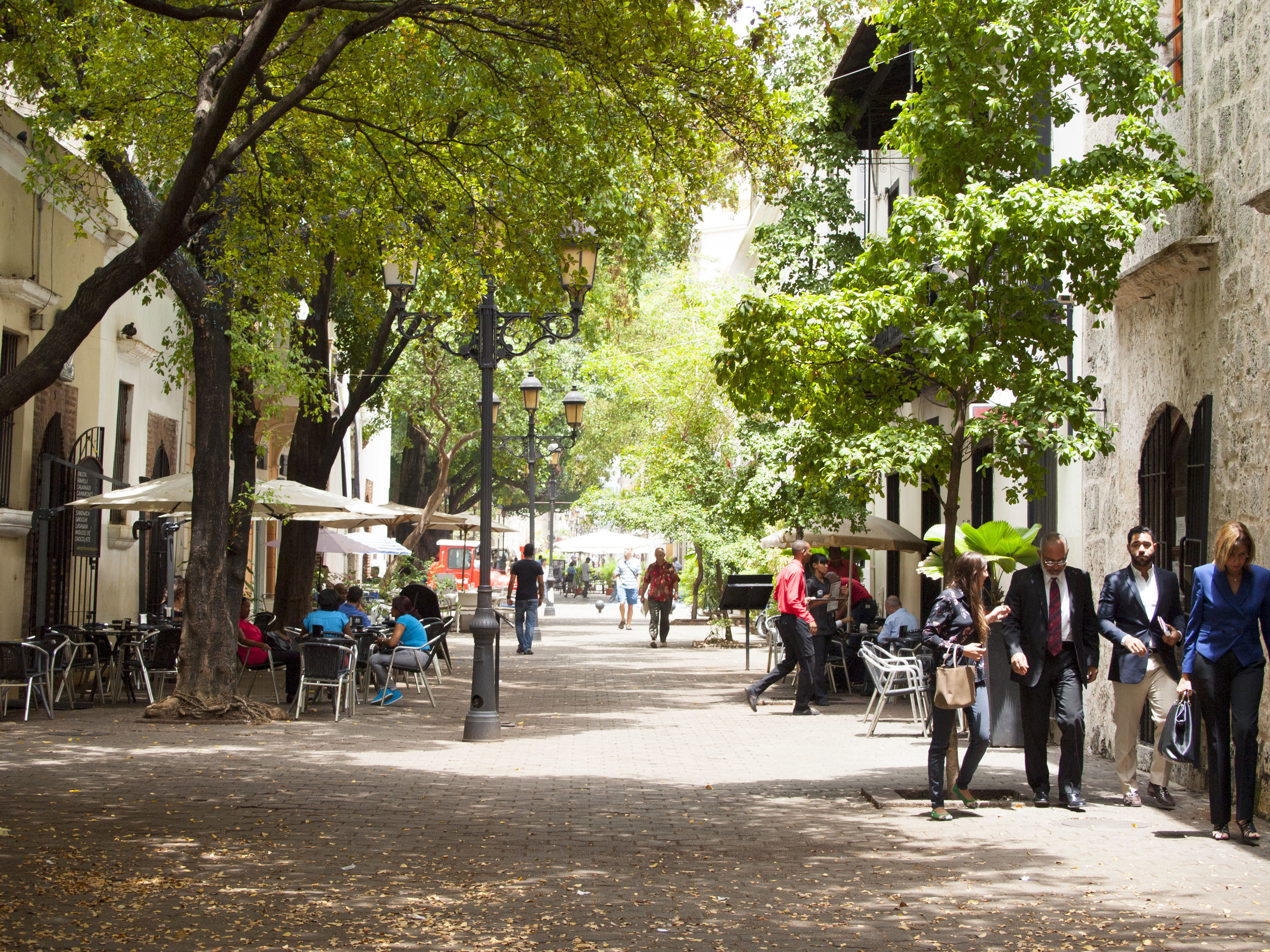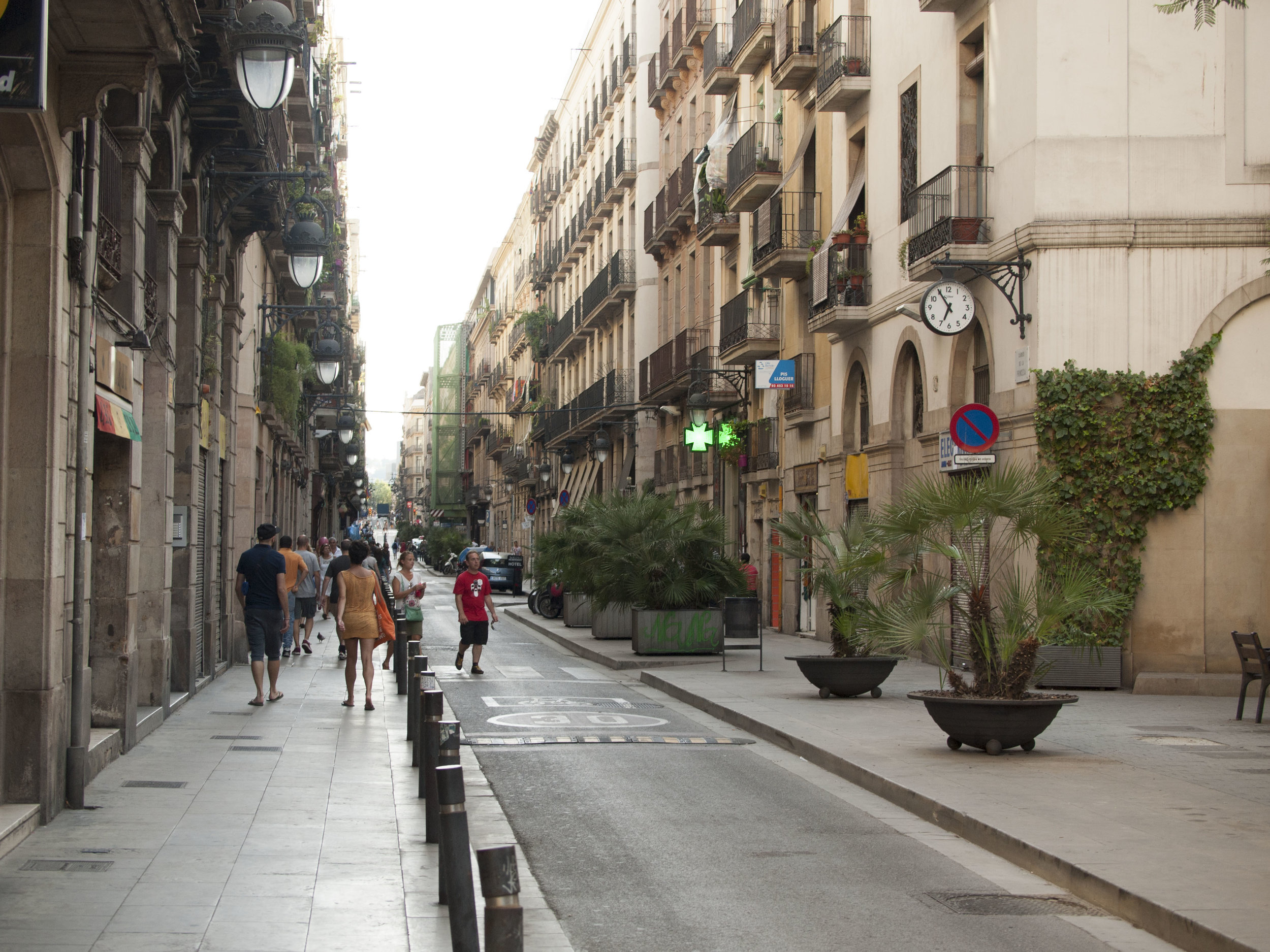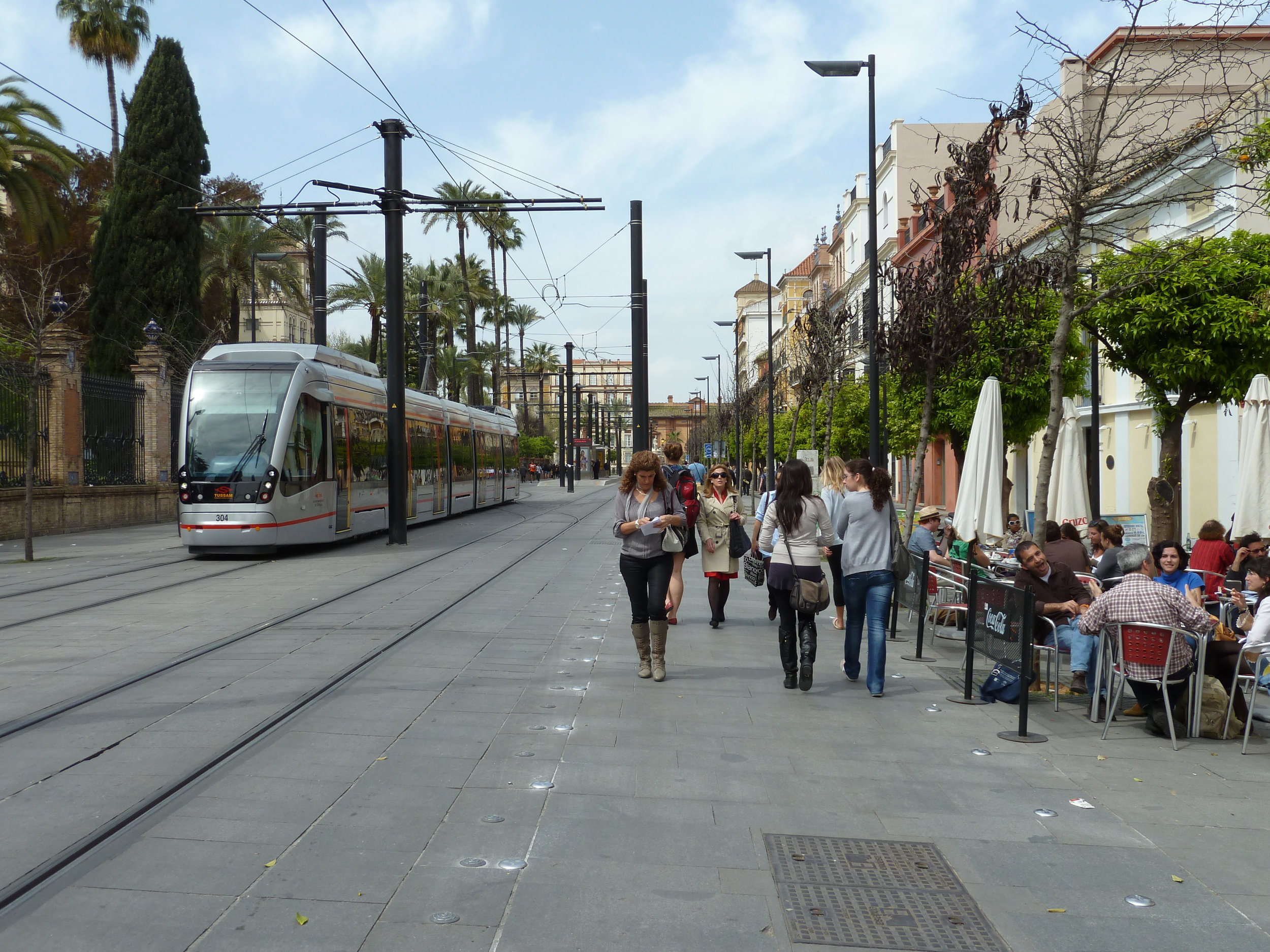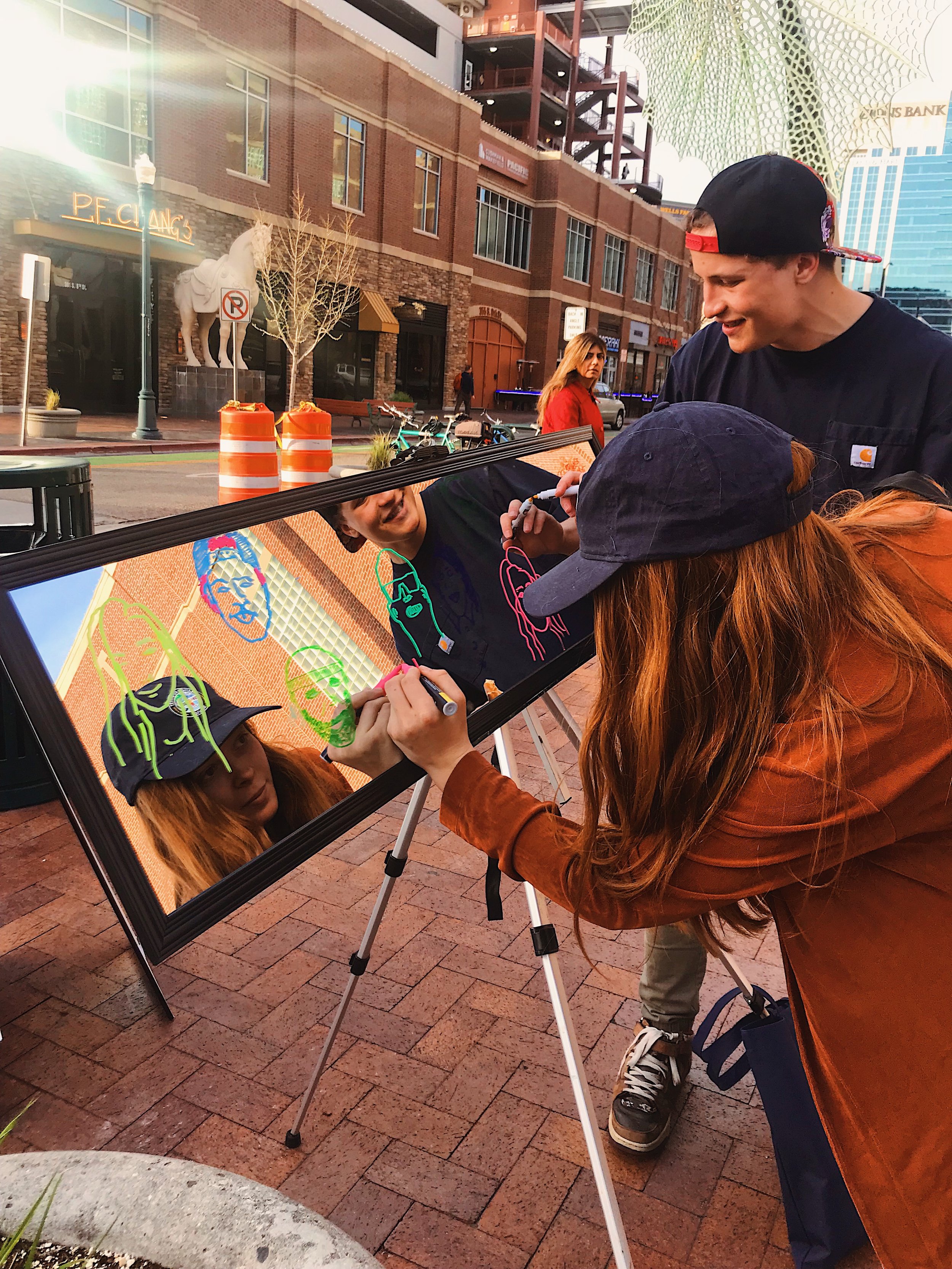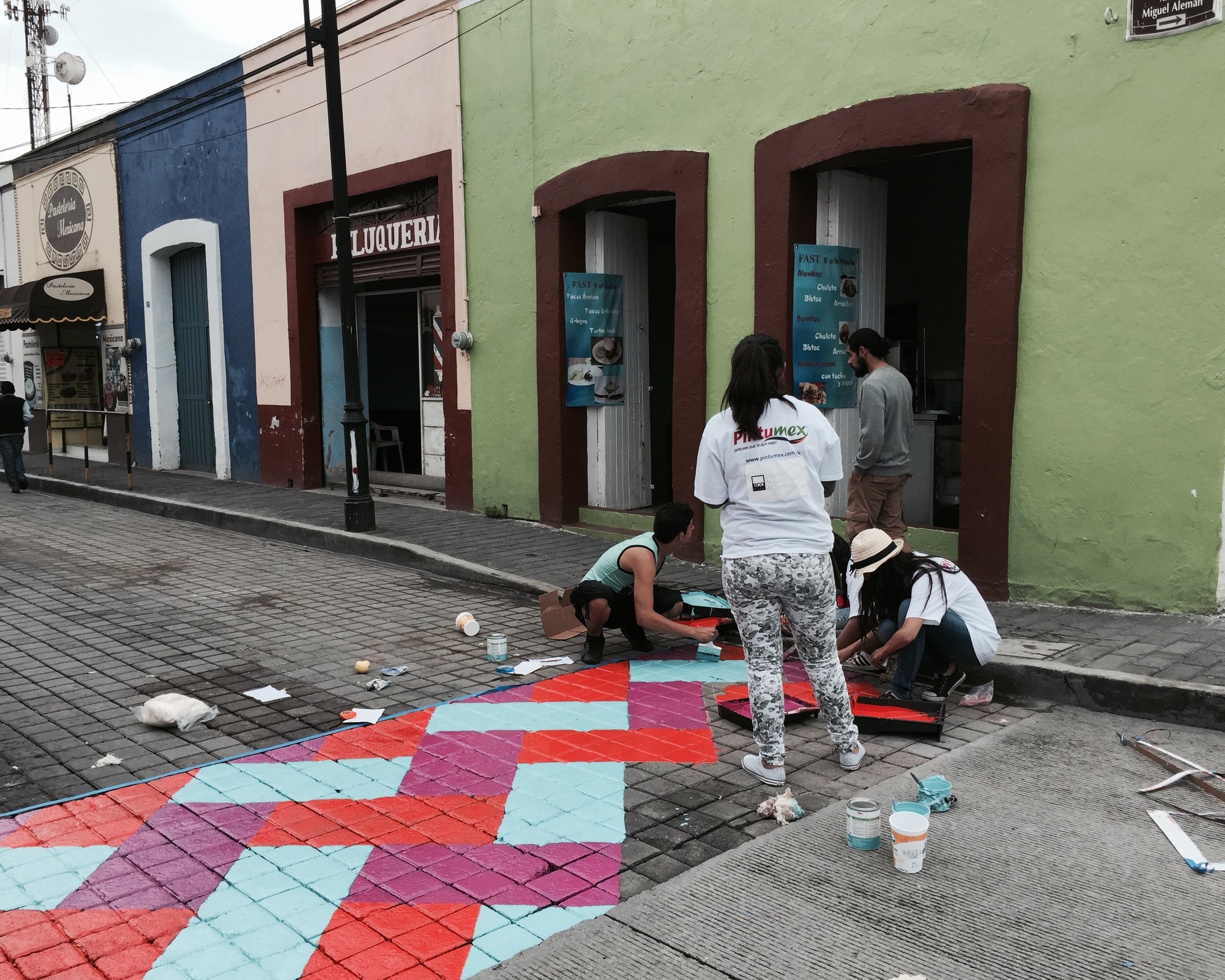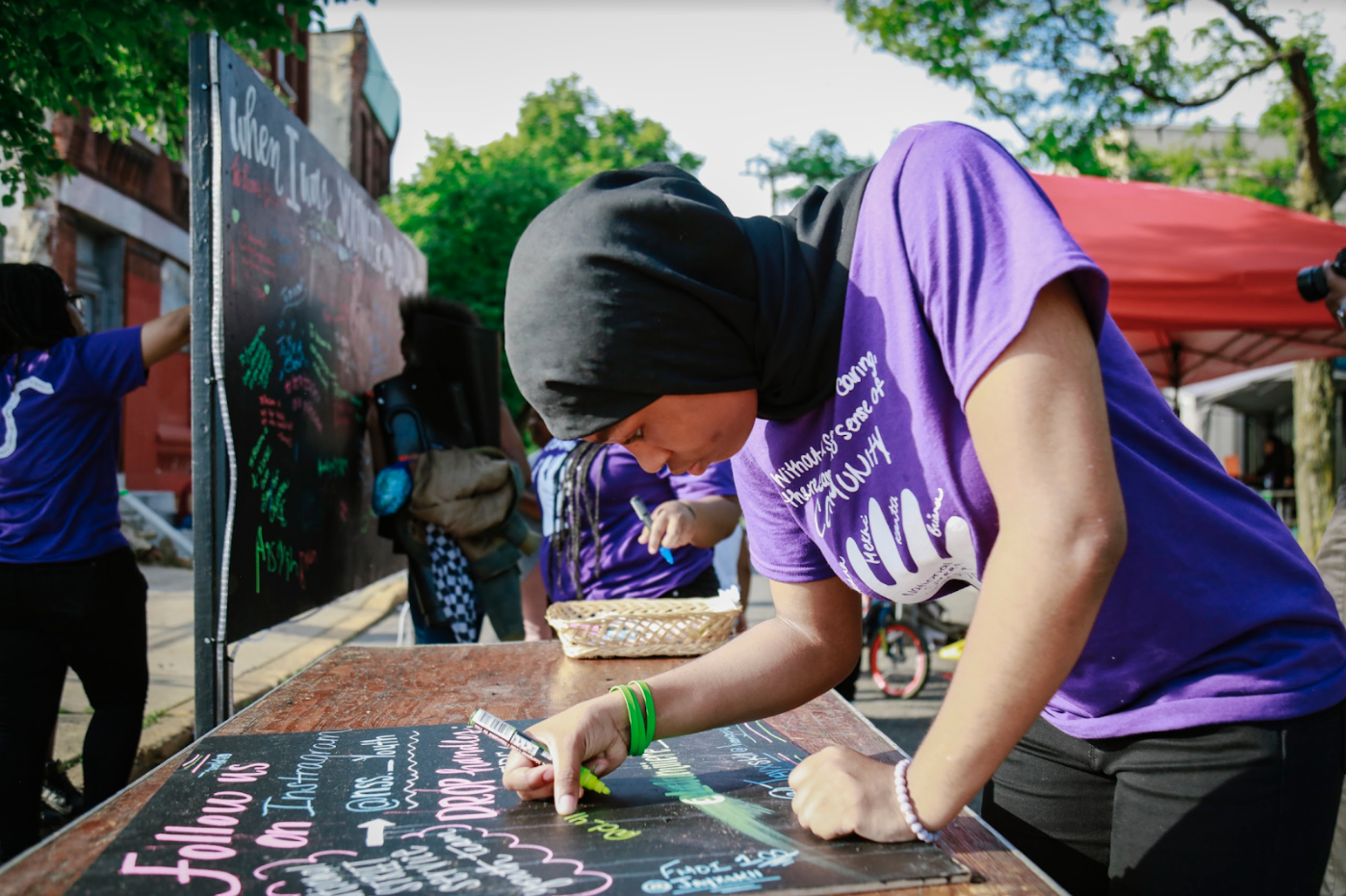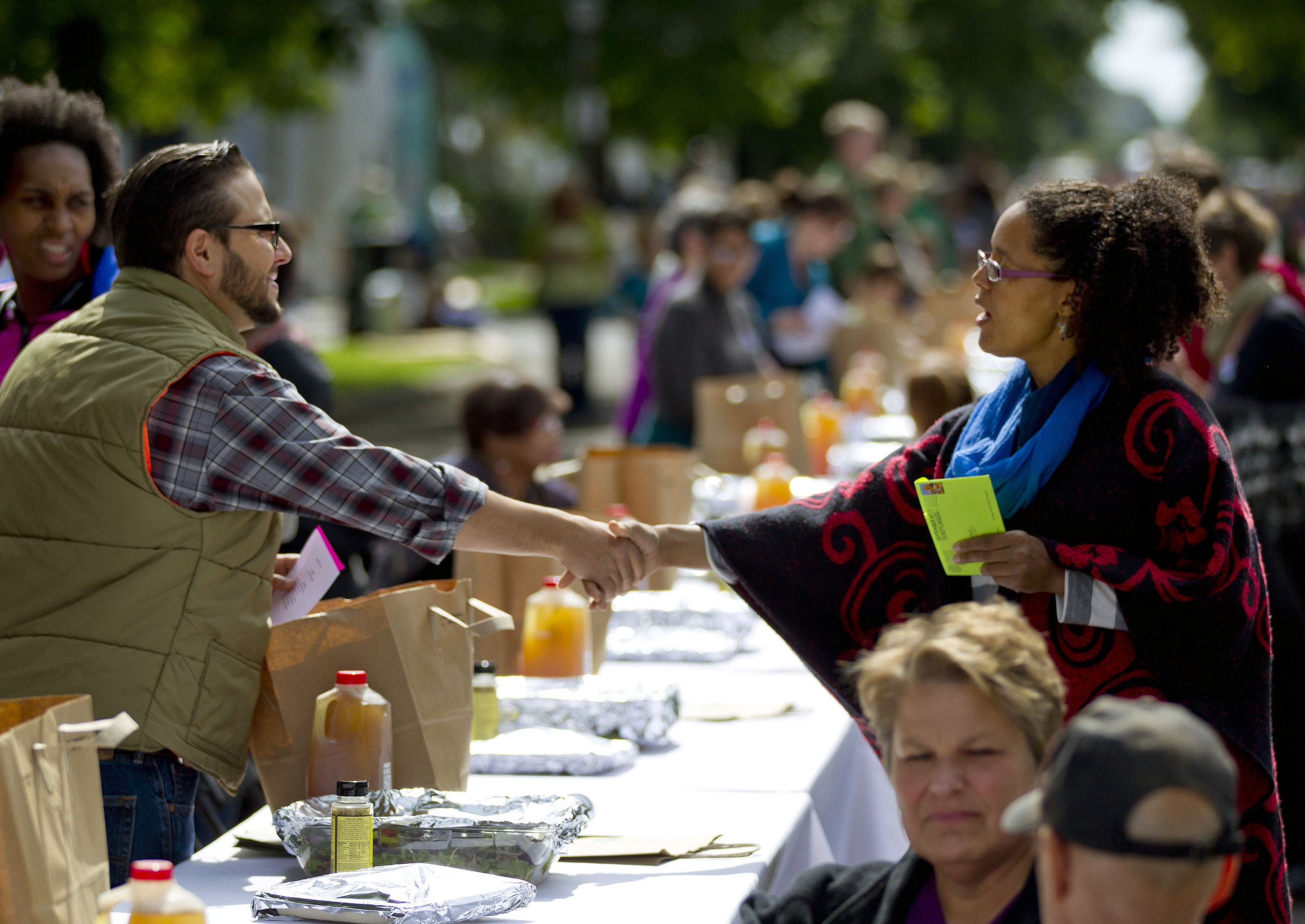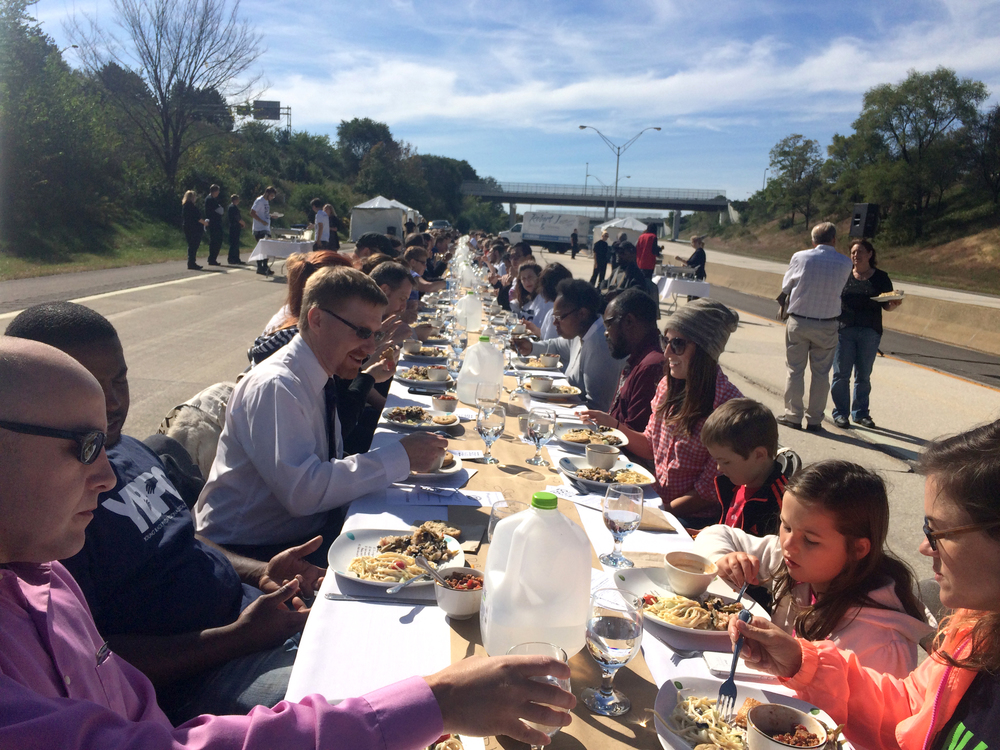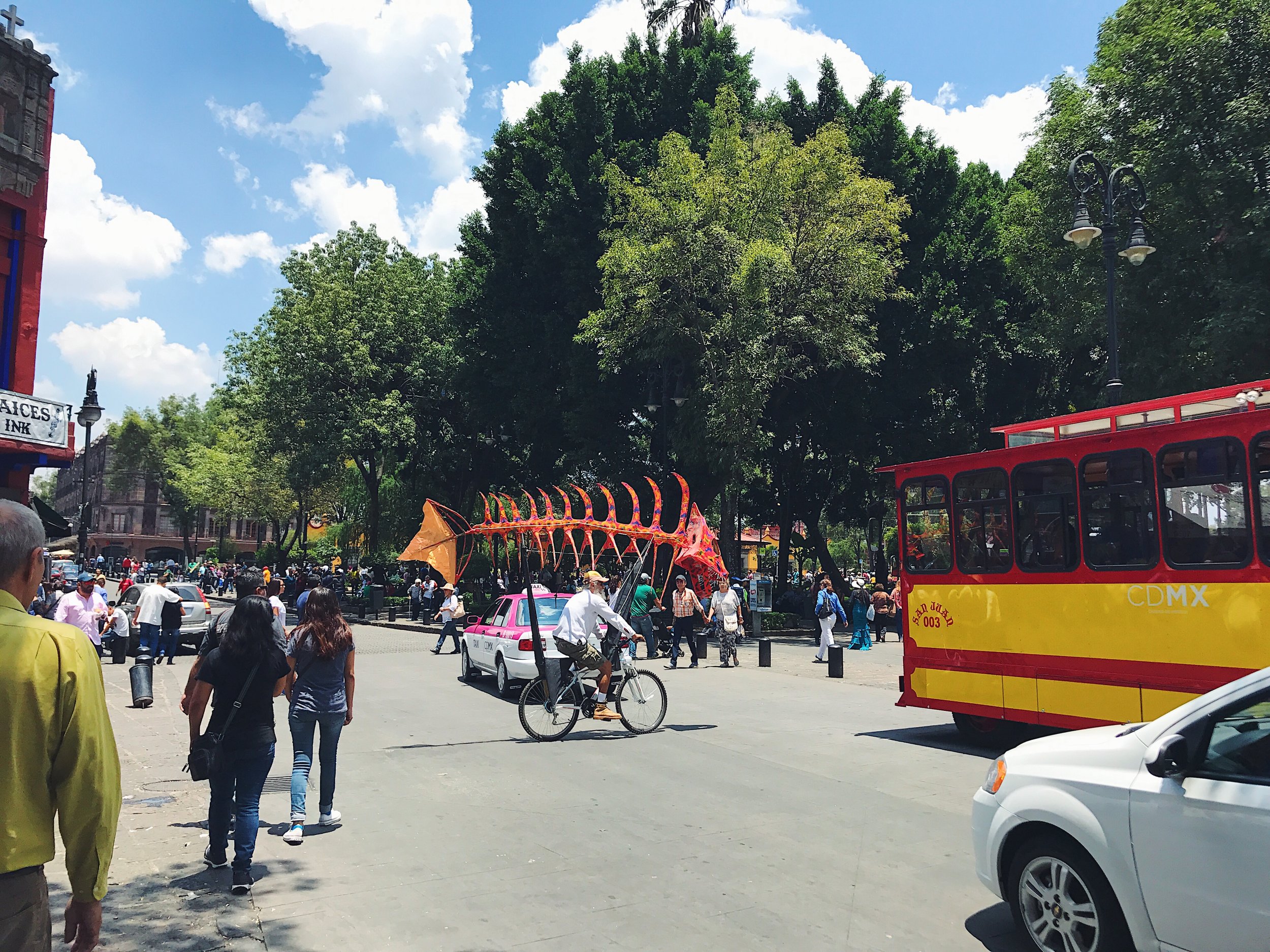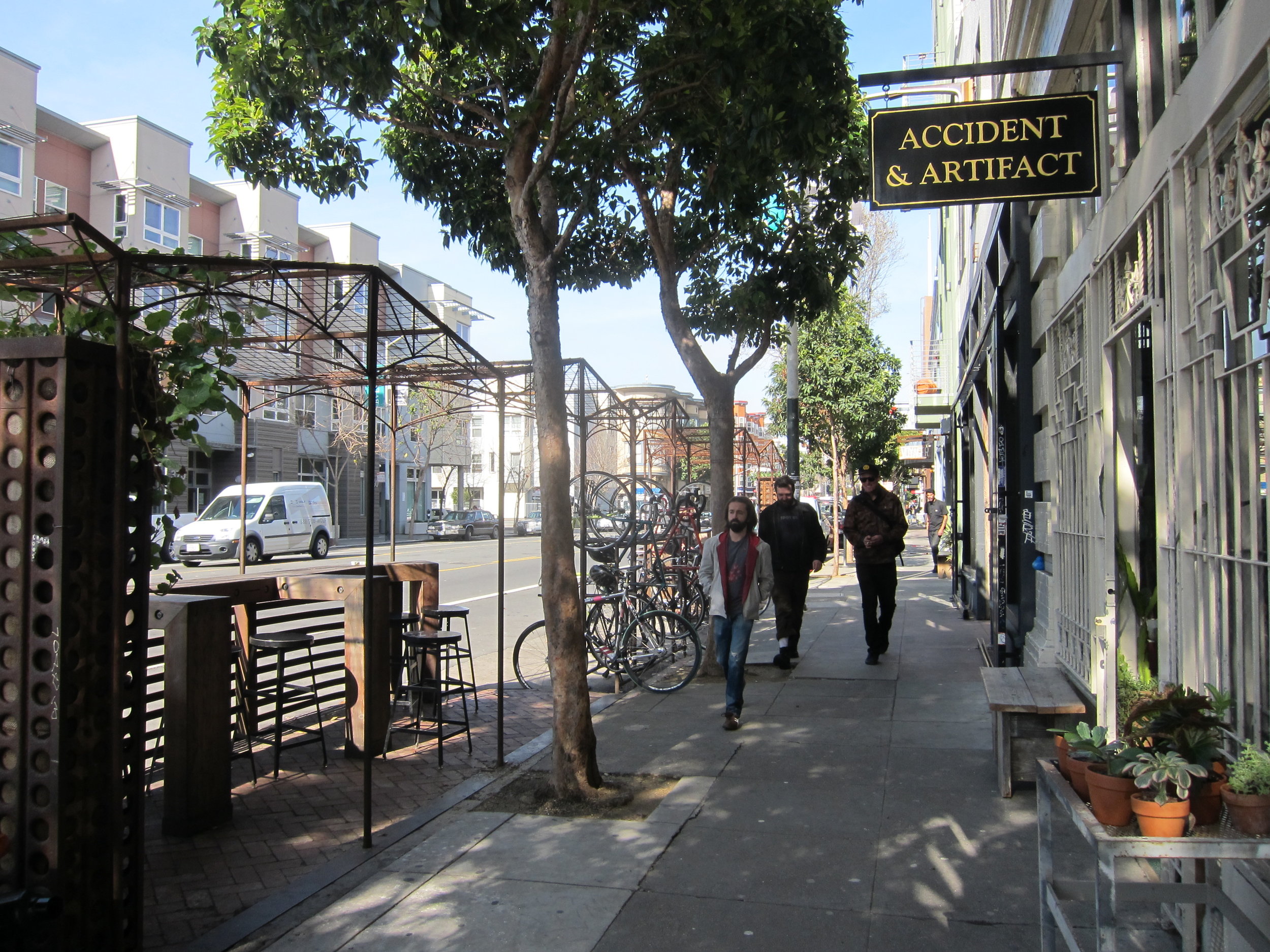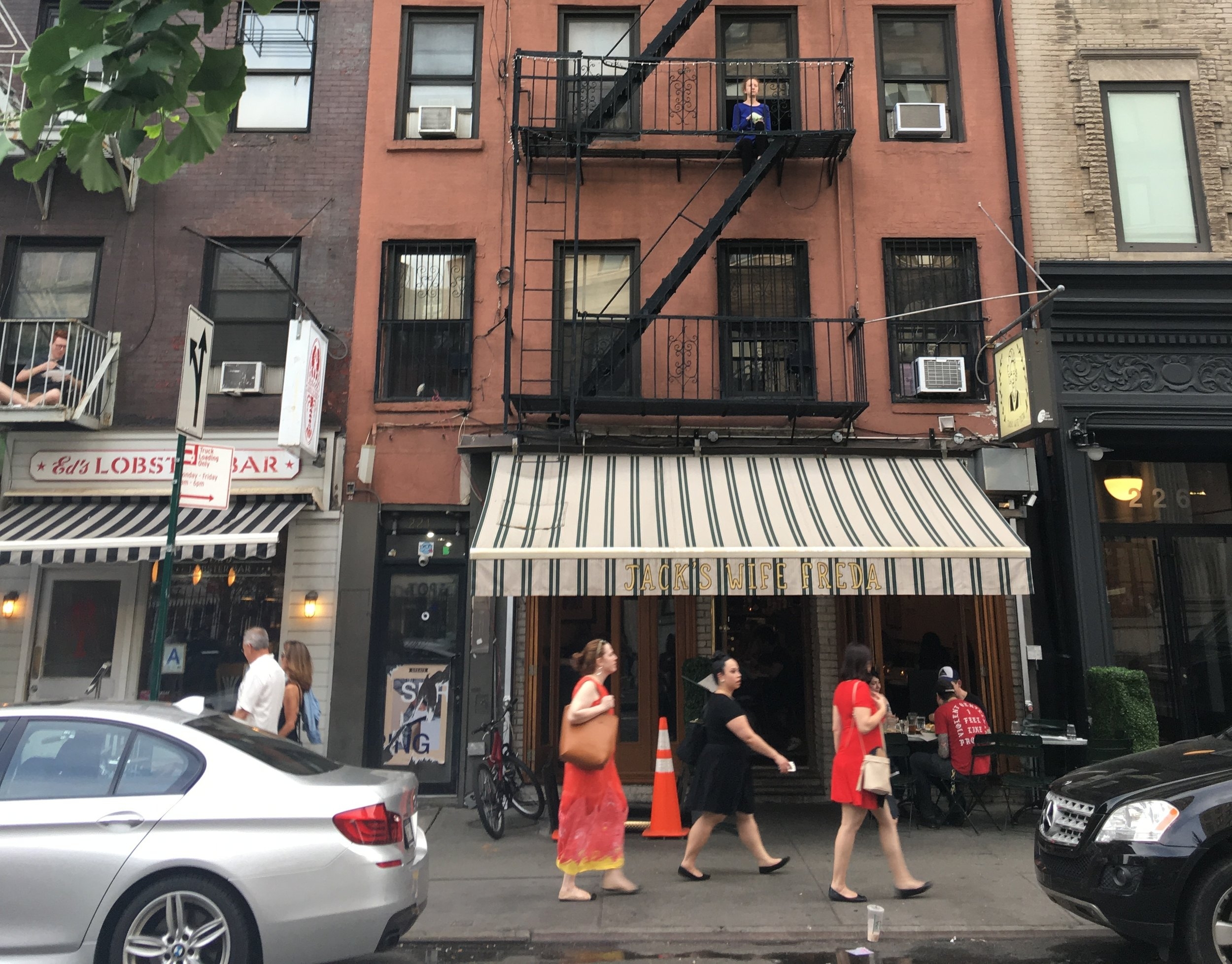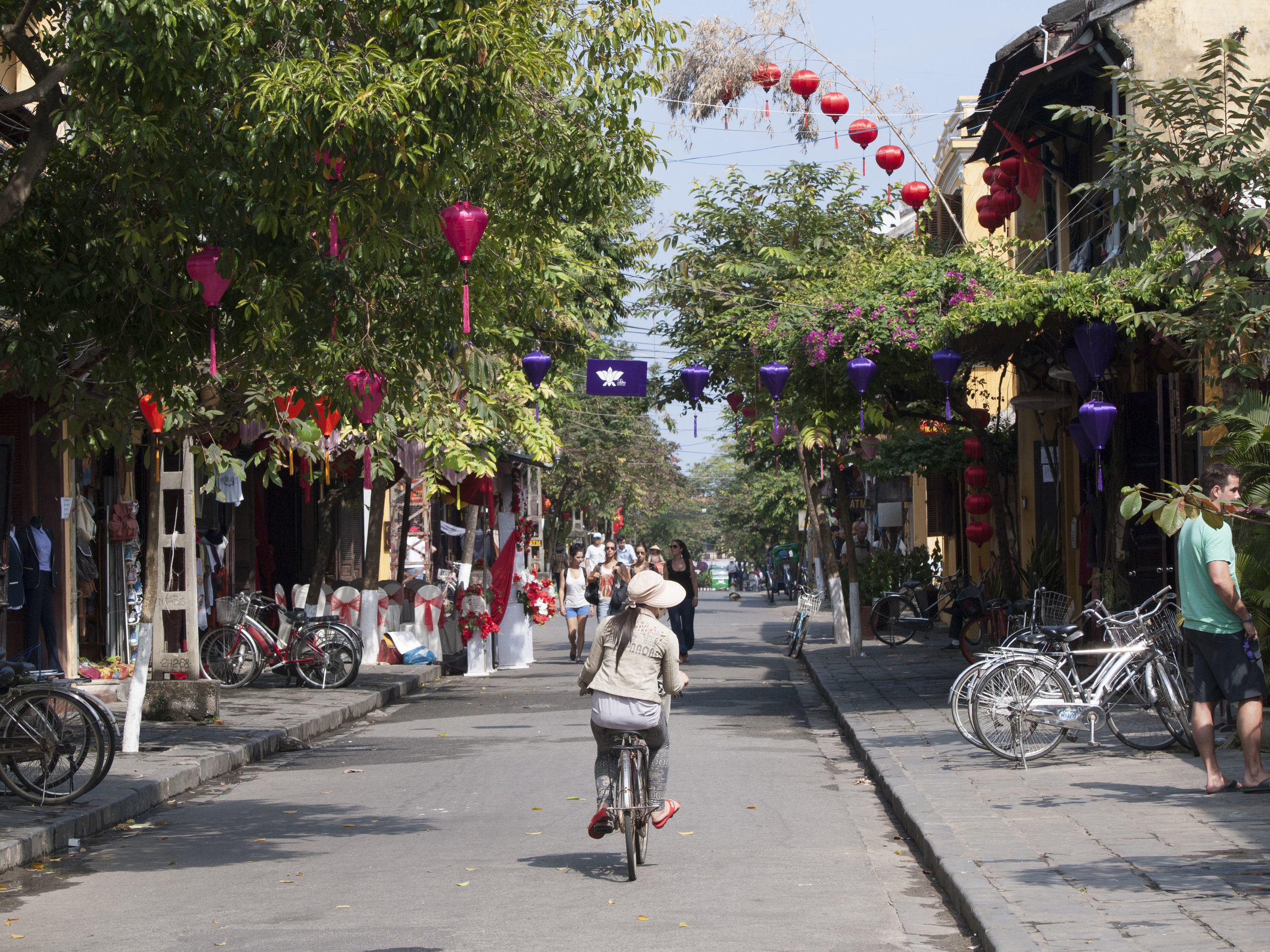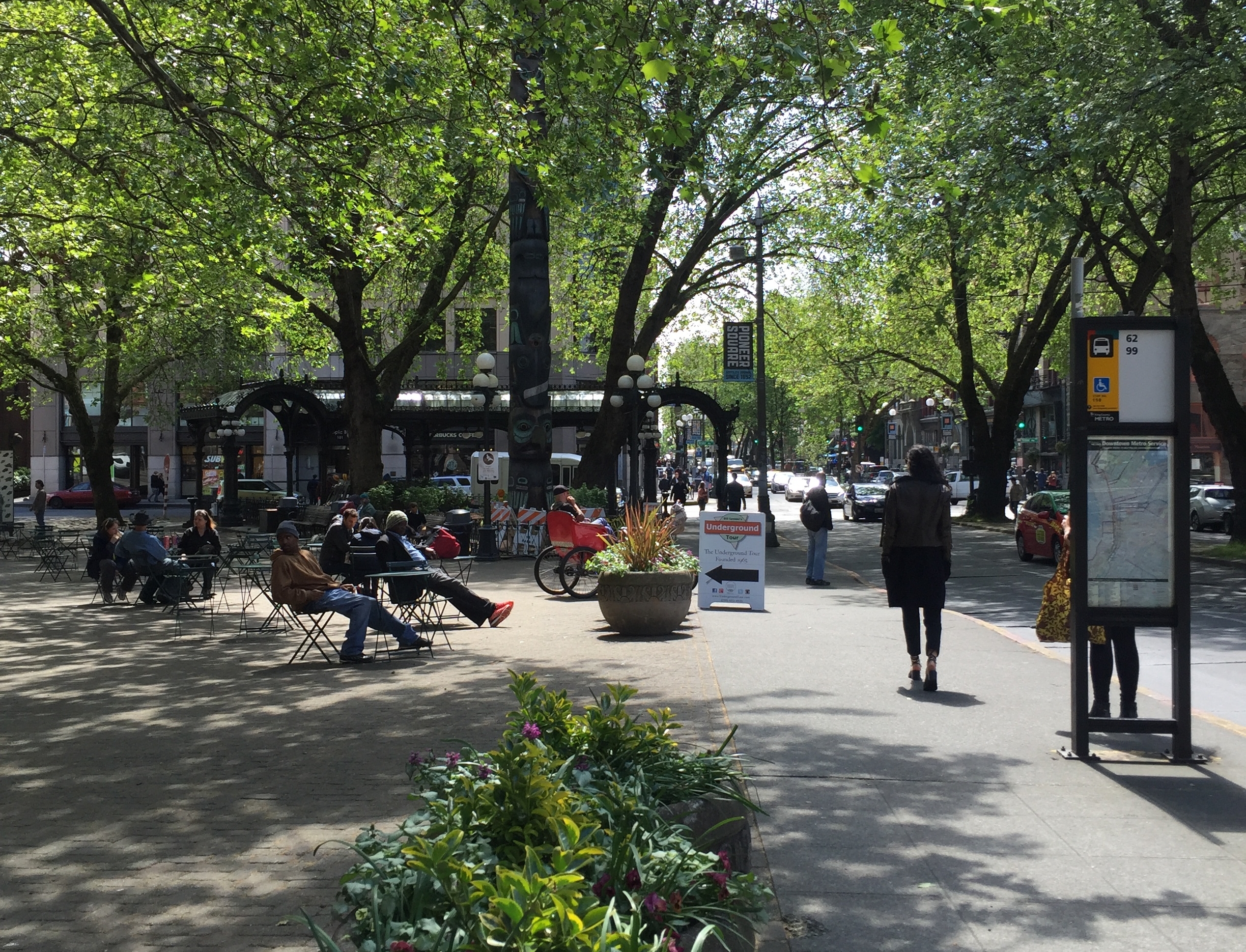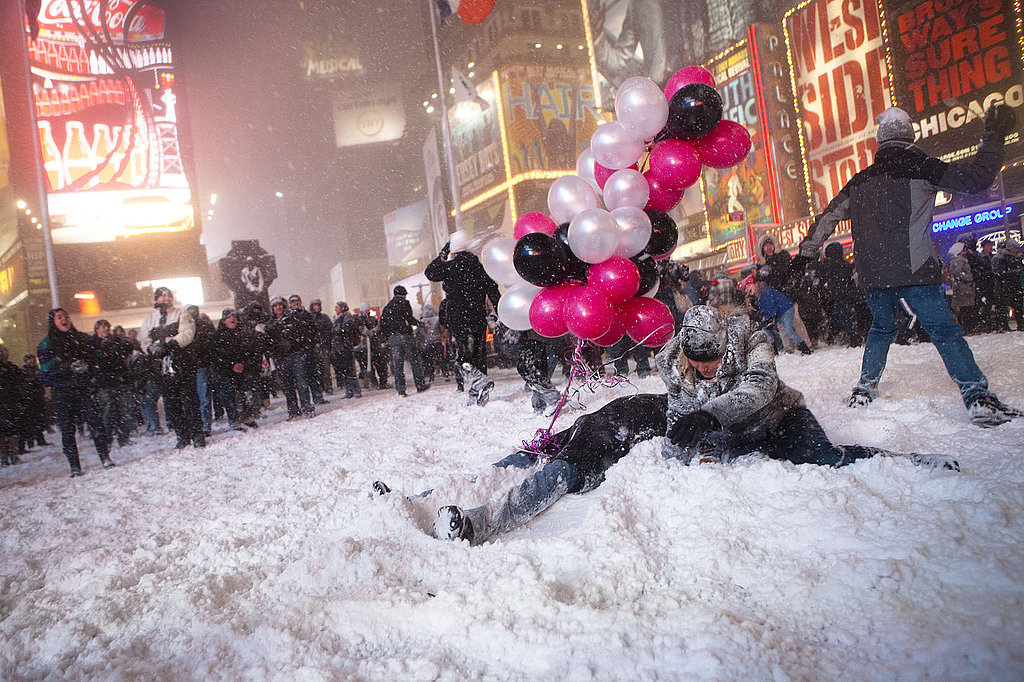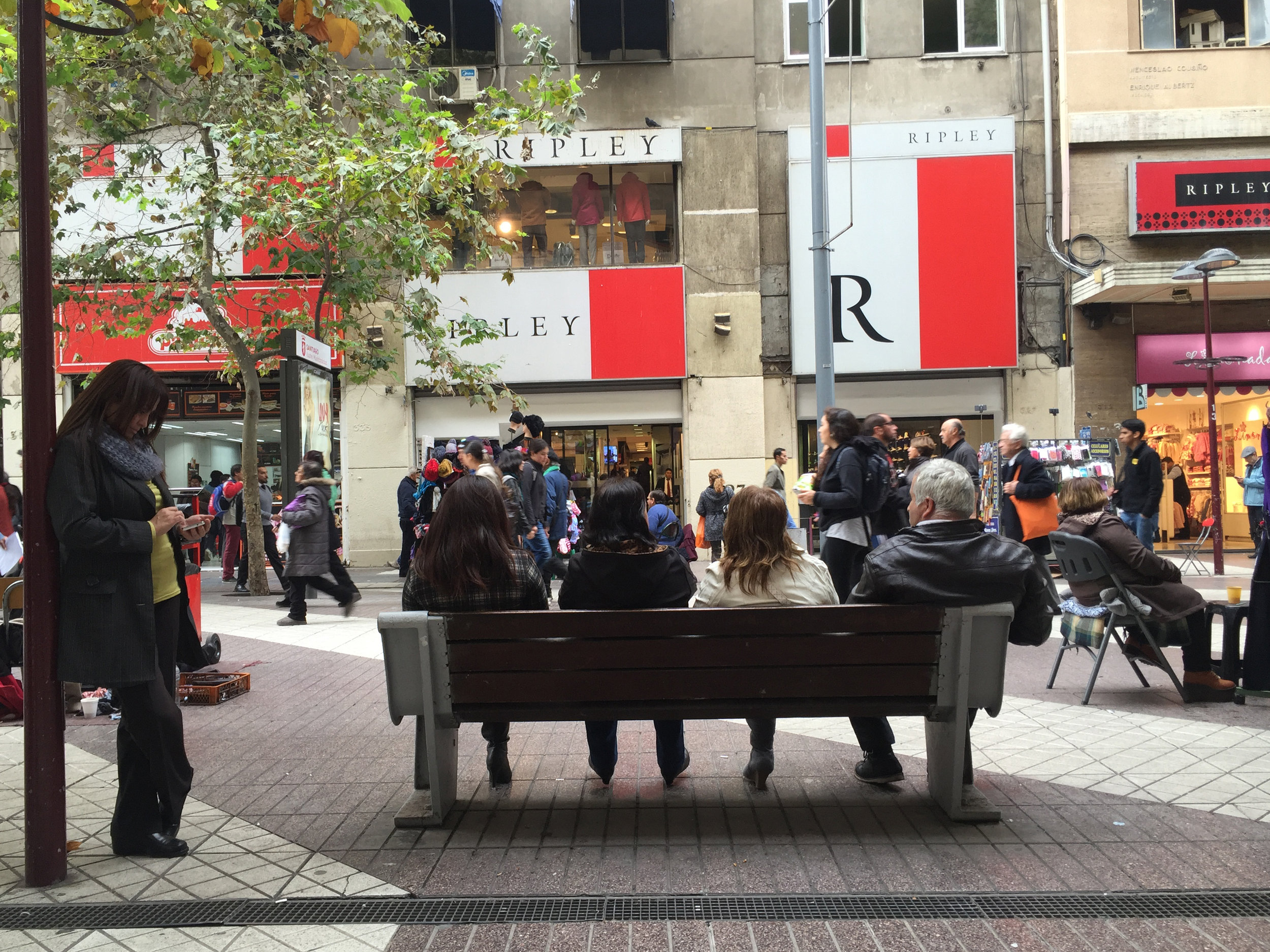#1 Good street stewards see streets as a means to positively impact people and communities
Streets function as the connective tissue of communities. This concept includes, but extends beyond mobility. The street connects people to a sense of place - a great street functions as an outdoor space where opportunities for social connection, cultural expression, and physical activity feel welcome. Good streets have a meaningful impact on quality of life, and good street stewards balance the demands of the street in providing both place and mobility to maximize positive impact.
Cities are defined by their streetlife
“Streets are the connective tissue of communities, and if your connective tissue isn’t healthy then your community isn’t healthy.”
Great street life caters to a wide gamut of human needs
People derive value from the street in a great number of ways, and mobility is just one of these. Other values we have identified include delight, inclusion, legacy, livelihood, protection, care, creativity, comfort and civility, among others. Sometimes these values conflict, resulting in a disagreement about the purpose of streets and their spatial allocation; but more often than not there are ways for people’s highest values for the street to coexist and complement one another.
Street issues intersect with - and can help address - urgent civic priorities
Streets are a lens through which to see all of society. Change in the streets impacts numerous civic priorities, from public health, economic development, urban ecology, and so much more.
Basic amenities at bus stops can dramatically reduce perceived wait time and safety. People with shorter commutes are consistently happier than people with long commutes, even when the people with long commutes make more money and have a bigger house.[1].
Neighborhoods with shorter commutes and more socioeconomic integration are linked to upward mobility [2].
Knowing your neighbor can save your life in a disaster. The possibility of impromptu encounters and casual collisions on the street is the same phenomenon that Silicon Valley values so much, because it leads to leads to inspiration, collaboration, creativity and collective problem-solving [3].
Physical inactivity is a global pandemic responsible for over 5 million deaths annually. Encouraging people to use public transit, walk, and bike can contribute to improved physical and mental health: Streets that encourage walking and cycling cause people to achieve 50% of the recommended increase of physical activity per week. Whereas, elders who live in walkable, connected neighborhoods show fewer declines in mental acuity and Alzheimers; social isolation increases the risk of early mortality by 30% [4].
Weak social connections have health effects similar to smoking 15 cigarettes a day, and a greater negative effect than obesity. Streets provide a critical social link [5].
[1] Stutzer and Frey. “The Stress That Doesn’t Pay: The Commuting Paradox”. Institute for the Study of Labour, University of Zurich (2004)
[2] Raj Chetty, “Where is the land of opportunity?”
[3] Lindsay, Greg. “Engineering Serendipity.” The New York Times. (April 5, 2013)
[4] Julianne Holt-Lunstad et al. “Loneliness and Social Isolation as Risk Factors for Mortality” Perspectives on Psychological Science (2015), Amber Watts et al, “Neighborhood Integration and Connectivity Predict Cognitive Performance and Decline” (2015)
[5] Have Smartphones Destroyed a Generation? Jean M. Twenge, The Atlantic (September, 2017)

#2 Good street stewards amplify marginalized voices
In creating, designing, and stewarding streets, we must acknowledge that streets are public land, a common resource which should be shaped for the benefit of all. Many efforts to make streets for people fail not because of political or technical barriers but because only a minority of people are advocating for a project. A conscious effort must be made to bring a representative set of voices to conversations about streets, in order to seek justice.
Invite groups that are often overlooked or under-represented to take part in defining their streets
Prioritize creating a diverse coalition for change
Research shows that successful nonviolent social movements only need 3.5% of a diverse coalition to turn the tide on an issue. Why is making human-centered streets so difficult? Perhaps it is because the movement has not yet included everyone. Casting a wide net and hoping for representation from underrepresented groups is not a successful tactic. Successful cohorts intentionally include participants from different races and ethnicities, ages, abilities, and neighborhoods.
Partner with existing organizers to engage people from overlooked or underrepresented communities
Actively reach out to organizations already working in communities. If your messages do not connect with these groups it may not be because of their disinterest but because your priorities need to change to be more inclusive.
Overcome socioeconomic barriers to participation by properly compensating people for their contributions
This means valuing people’s time equally, no matter their income. Don’t discount compensation due to the “non-monetary” cultural or spiritual benefit their work provides them; a job is still a job. Participation can also be made more rewarding by structuring programs to provide other benefits such as job skills or mentoring.
Demystify jargon and build a common vocabulary of shared values
Language is a powerful tool for advocating for change, but it can also be a barrier between those with technical experience in a field and those without. When engaging with communities, the intent is to find more accessible ways to talk about the street, to identify localised messaging which unites disparate voices under a set of shared values. This is achieved by de-mystifying jargon used in the field, then finding the language that has broader common ground. Communication with with organizations responsible for the built form of the street still necessitates jargon, but, on the whole, finding more accessible ways to talk about the experience of the street allows a broader range of voices to join the conversation.
Consider all dimensions of justice which the street can afford
Justice in streets can be seen in three dimensions, as conceptualized by City University of New York Graduate Center Professor Setha Low.
Distributional Justice - who has physical proximity to streets.
Procedural Justice - who is listened to and how are they listened to in the planning process, design and operations of a public space.
Interactional Justice - what makes people feel welcome or unwanted in a public space.
Consider all three when stewarding streets.
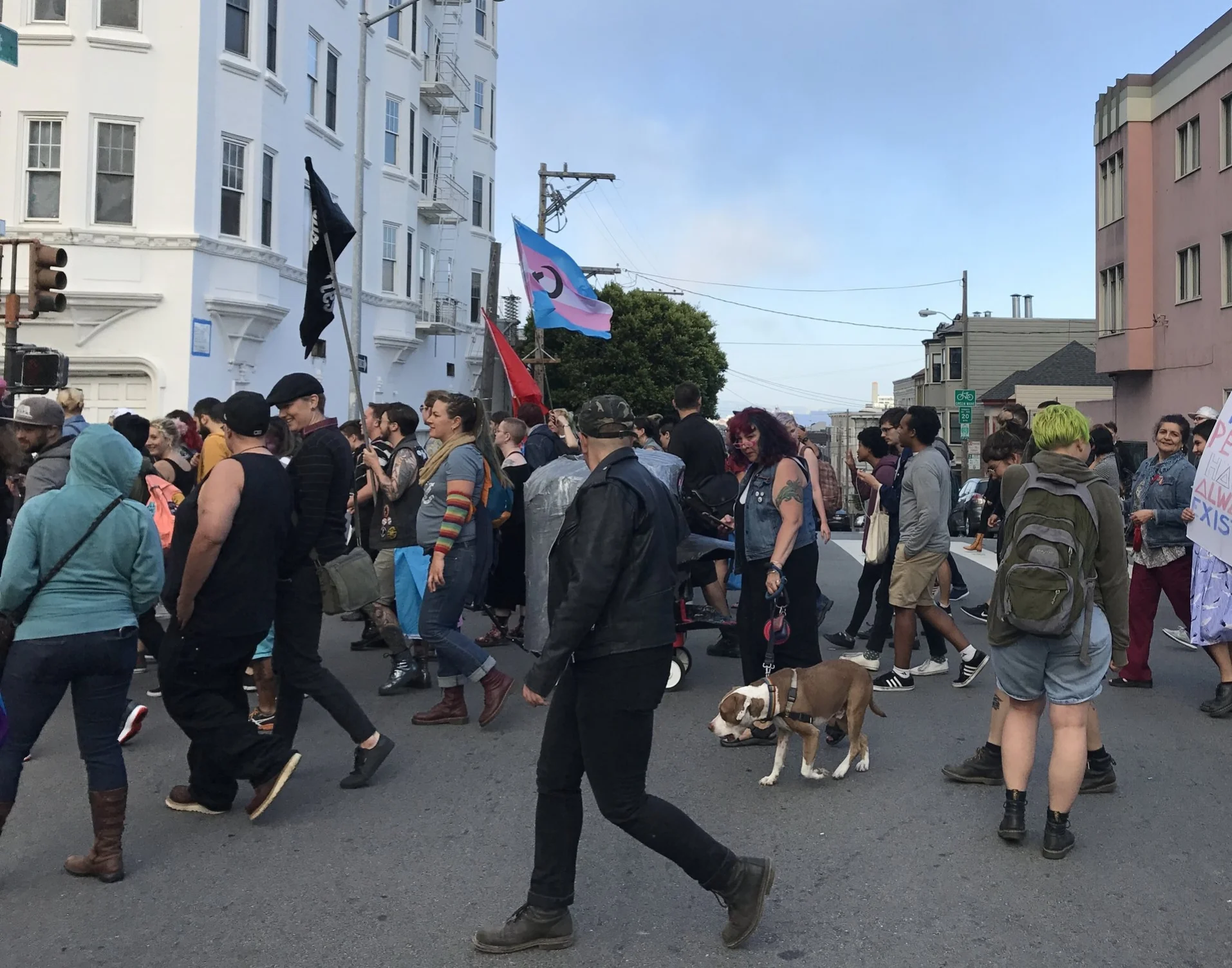
#3 Good street stewards invite people to explore their own perspective
Good street stewards foster support for change by helping people deepen their perspective on the purpose and function of streets. This is best achieved by asking questions instead of leading with answers or expertise. Providing tools like educational curricula, learning and shared experiences, and hypothesis-driven public interventions that can help people form, re-form, and articulate their vision for streets while considering more deeply whether they can support a given change.
Public Workshop in Philadelphia
Support self-discovery through observation
Observing and thinking about how the street feels is a simple way to help people see the street with fresh eyes. This process of observation and reflection can help people form and articulate a set of beliefs about the value of streets, and this is the first step to building an awareness of streets as treasured public resources. This transformation of cultural attitudes towards streets is as important as technical or political solutions which are also critical to change. Begin engagement with personal reflection, then reinforce findings and new patterns of thinking through shared experiences with a cohort.
Use the disarming qualities of culture and humor to draw people in
Playing in media, advertising, consumer culture, performance, and other forms of culture is an easier way to draw people into a conversation about streets than data or legislative issues - even if these are the end goals.
Give permission to experiment in public
Giving people the permission to build something in public - no matter how small - is a powerful way to fast-track a sense that streets are built and therefore mutable. It gives people a glimpse of their own power to define what streets can be.
Tailor street activities to street types
There are a variety of ways that people naturally engage in shaping their streets. Supporting and encouraging action suited to the individual's preferred role provides people a unique nudge to participate. Often, changes in streets involve tactical urbanism or other forms of benign rule-bending or breaking. Immigrants, people of color, and other marginalized groups do not often feel as free to participate safely in these activities. Accommodate variety in your tactics so as not to overemphasize explicit, performative activities.
National Street Service Volunteer Sarah and her micro-routes in Boise
National Street Service leads with questions, not answers
Street Maker
Brings the street alive by making artifacts which express their individual and community stories.
Nudge: Provide creative resources and inspiration
Street Bee
Loves the buzz of social connection and always knows the word on the street.
Nudge: Help explore their curiosity and generate talking points and questions
Streetheart
The kind heart, who wants people to feels safe and cared for on the street.
Nudge: Don't overlook tried and true street improvements which meet a real need
Street Ranger
The official, a diligent people watcher, planner, and authority whisperer.
Nudge: Connect to city-level systems and priorities
Street Ninja
The quiet helping hand who cares about streets but likes to work in the background.
Nudge: Allow for teamwork or anonymous action
“We put a bunch of chalk out and little prompts on the sidewalk that said ‘what do you think could make the street feel more safe, comfortable or protected?’. I thought it could be a good community building thing to bring people outside of their backyards and into their front yards.”
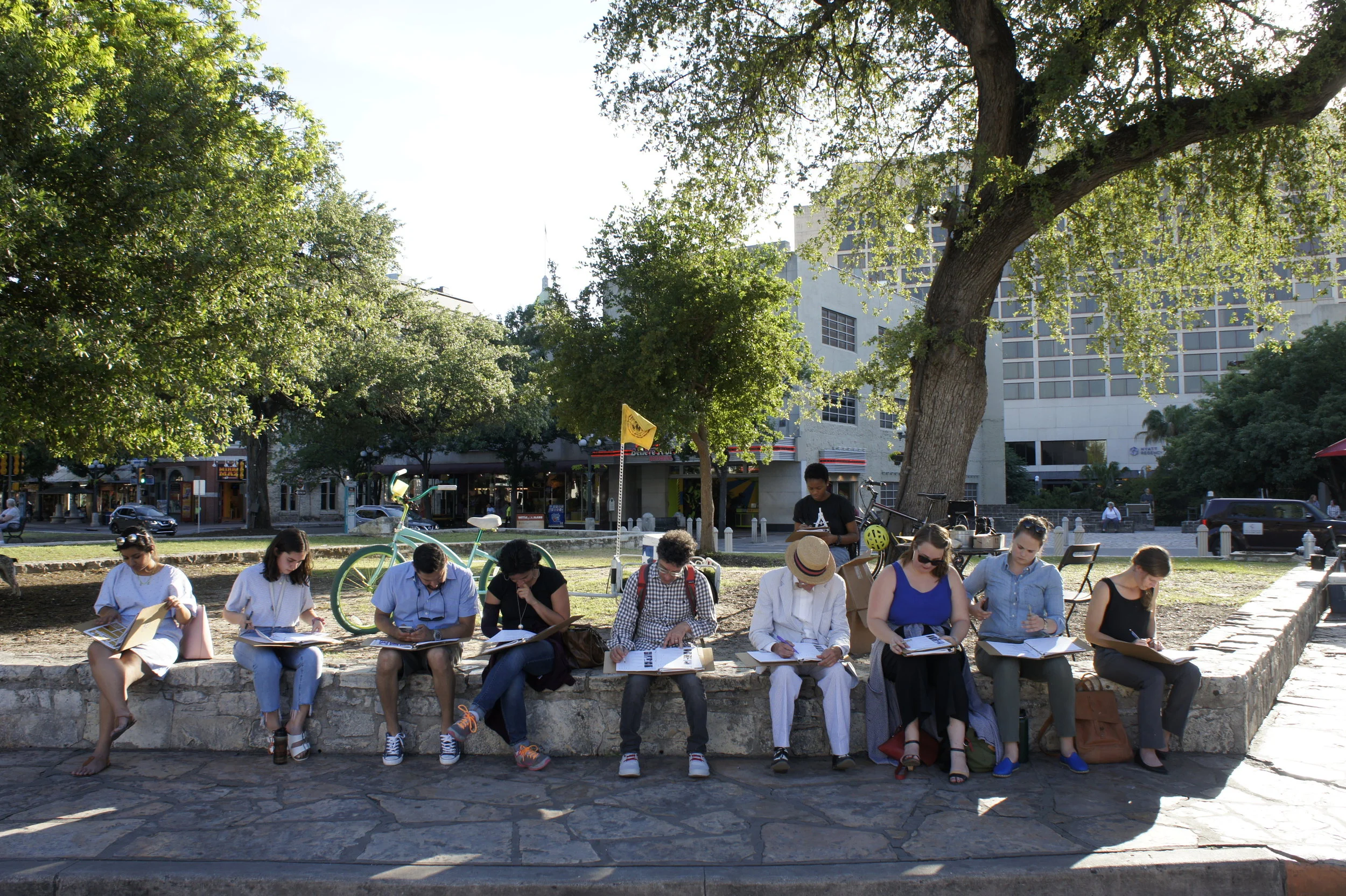
#4 Good street stewards connect communities to gatekeepers of systemic change
Real and perceived technocratic barriers exist between what people want to do in their streets and what they feel they can do. Individuals are capable of so much more than they may know, and many entities that control our streets are seeking input.
Give people a seat at the table
'Create: The Community Meal' by Seitu Jones and 'Hunter Franks 200 Plates'.
Photo 1, 2: Andy King, 3: Shane Wynn
Invite everyday people to have a seat at the table in ways that disrupt the normal power dynamics and foreground local problem-solving abilities
Start with sparking awareness of the street as a place - then connect people to levers of power that control the status quo. Set up forums for individuals to share what they want from their streets with city transportation departments, city planners, mobility companies and other entities that shape streets. Ensure gatekeepers have a plan to follow through on what they hear before the meeting.
Know the counter-argument and obstacles to systemic change
Set communities up for success by preparing them for push-back from the status quo, and prepare a response. Structural change begins by explaining the existing structures which are hidden from view or out of reach. If pilot projects are suggested as a solution, embrace their transformative potential, but be up-front about structural obstacles that limit the success of visionary pilot projects.

#5 Good street stewards embrace many paths to success
Good street stewardship is influenced by its context. Goals vary from city to city and neighborhood to neighborhood, and strategies for accomplishing these goals are best accomplished with consideration of other local variables such as street culture, government priorities and existing advocacy efforts. A good street steward embraces many ways of accomplishing the same outcomes, and is comfortable pursuing multiple such routes to get there.
There are many ways to make a beautiful street
Listen to and accept ambiguity and conflict as part of an emergent process
An emergent process is one that takes its cues from its participants - instead of relying on a top-down strategy. Especially when it comes to streets, definite answers can limit creative exploration of new solutions. Streets are never finished. Neither are people.
Operate at multiple levels
Whether working from the grassroots, the highest echelons of power, or somewhere in between, there are many ways to influence the street - and each avenue is a valid pursuit. Influencing culture, politics and process are all required to build streets which better serve all people; bridging these three is necessary to change streets.
Seek synergies and fit at the local level
Find a local approach with consideration for the landscape of existing organizations working in a given city. Understand the work of aligned local organizations to identify synergies and opportunities for partnership. Don’t discount the perspective of organizations who object to your proposed changes - connecting with these parties can help to identify tradeoffs and enrich your understanding of local priorities.
“When you a ghetto star, when you a hood star, you gonna take care of your grandmother, your mother. When you on that next level, you gotta take care of the city, the streets.”







